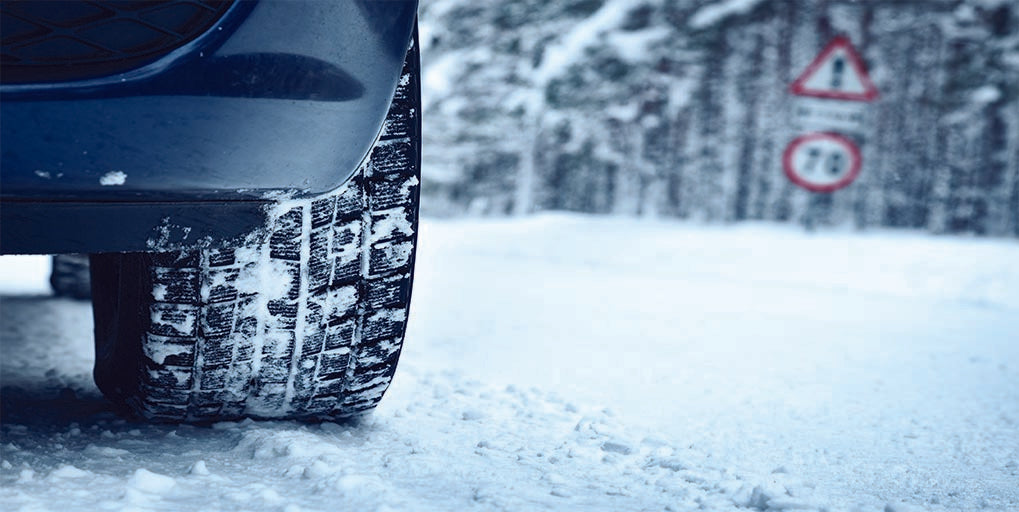
Be Prepared for Cold Weather with These Tips

Whether you’re working in the cold or driving in it, these winter safety tips could save your life.
Holy Mackerel, it’s cold outside! If you’ve said these words already, you know it’s going to be a frigid winter. When you’re exposed to cold temperatures, your body begins to lose heat faster than it can be produced. Low temperatures are inevitable around the holidays. That’s why knowing about these cold weather safety tips is important.
Many workers, including construction, maritime, sanitation workers, police officers, emergency response, and recovery personnel are exposed to cold working environments in potentially freezing conditions.
If you think it’s too soon to start preparing for winter months – it’s not. Take the time to familiarize yourself with different types of symptoms to keep you warm and safe this winter season.
Working outside in cold weather can expose you to:
- Wetness/dampness, dressing improperly, and exhaustion
- Predisposing health conditions such as hypertension, hypothyroidism, and diabetes
- Poor physical conditioning.
Before you start work in extreme weather conditions be aware of the wind chill factor. The wind chill is the temperature your body feels when air temperature and wind speed are combined. For example, when the air temperature is 40 F, and the wind speed is 35 mph, the effect on the exposed skin is as if the air temperature was 28F.
We’ve unpacked safety tips to keep you safe, aware, and warm in extremely cold environments.
Working in cold weather:
- Wear at least three layers of clothing. Layering provides better insulation. Do not wear fitting clothing. Wear a hat or hood to keep your entire body insulated even when wet. Always bring extra clothing in case you get wet and need to change.
- Wear an inner layer of wool, silk, or synthetic to keep moisture away from the body.
- A middle layer of wool or synthetic to provide insulation even when wet.
- An outer wind and rain protection layer that allows some ventilation to prevent overheating.
- Wear insulated gloves and waterproof boots – or another equivalent.
- Drink warm sweetened fluids and stay hydrated.
- Track your physical condition and that of your coworkers
- Use proper engineering controls, safe work practices, and personal protective equipment (PPE) provided by your employer.
While these safety tips are important – it’s also your employers’ responsibility to provide workers with a place of employment that is free from recognized hazards, including cold stress, which is causing or is likely to cause death or serious physical harm to them.
Employers should train workers on how to prevent and recognize cold stress illnesses and injuries and how to apply first aid when needed. More importantly, workers should be trained on the appropriate engineering controls, personal protective equipment, and work practices to reduce the risk of cold stress.
Driving in cold weather:
- Check engine fluid levels – oil, coolant, washer fluid, etc.
- Test battery – replace if necessary
- Use de-icing washer fluid – clean windshield at low temperatures
- Switch to synthetic oil – handles the cold better
- Inspect tire tread – replace if near wear limit
- Install snow tires if your own a set
- Test headlights and taillights
- Add and inspect winter survival kit
Use this tips to stay warm and safe this winter season.
Shop Safety Posters to motivate employees to be winter ready!

